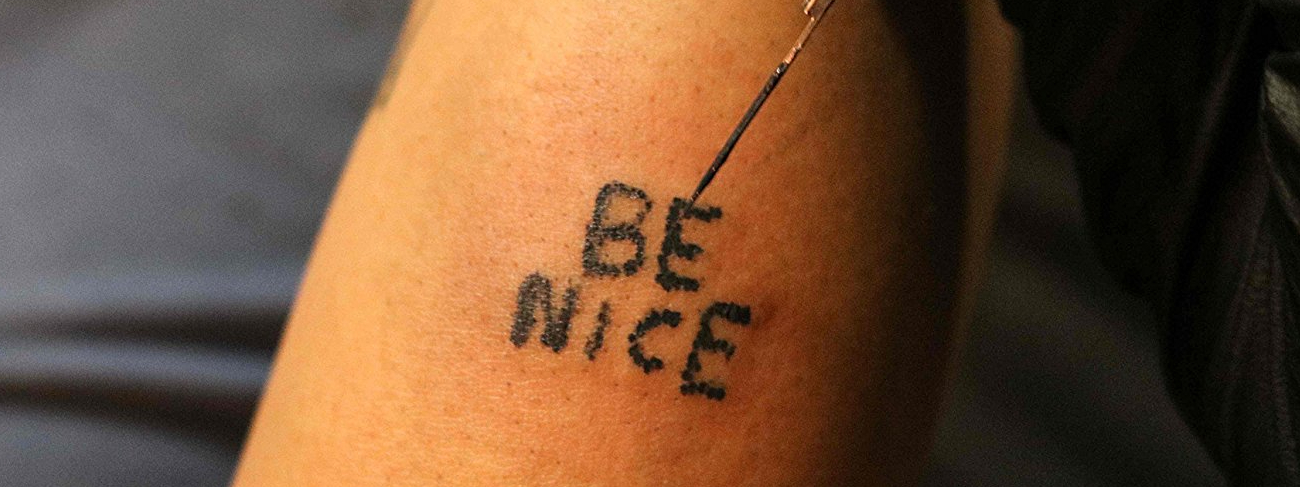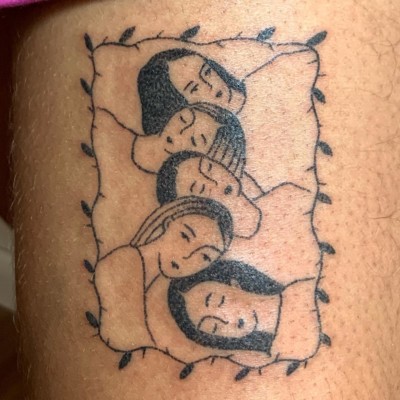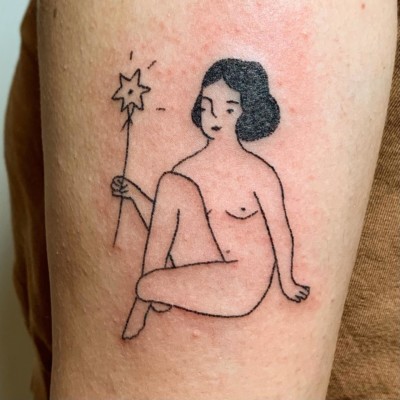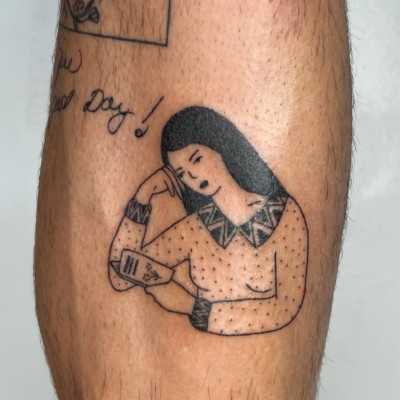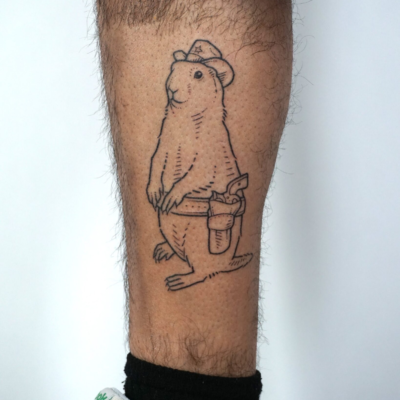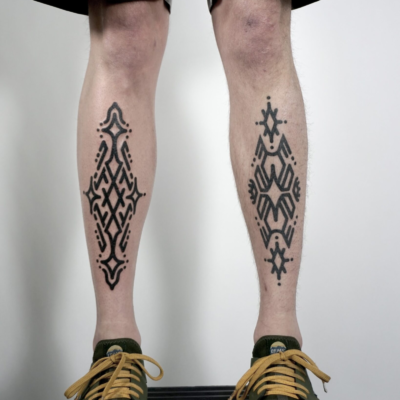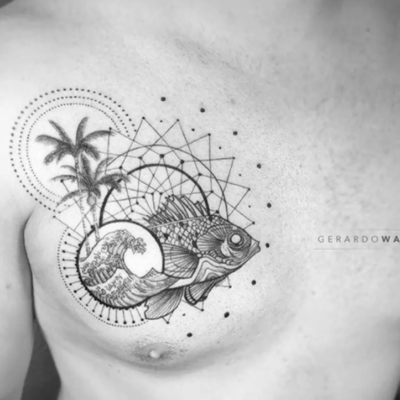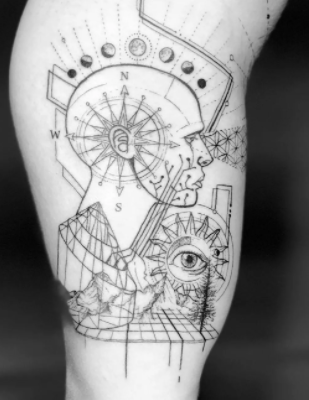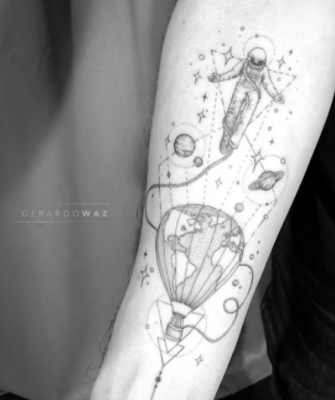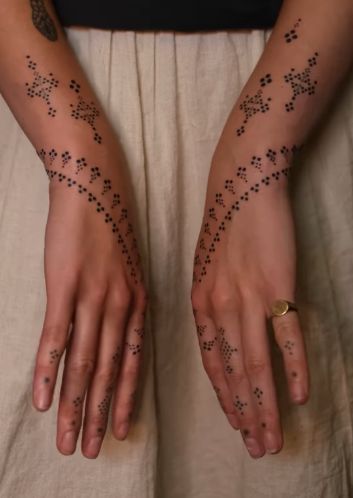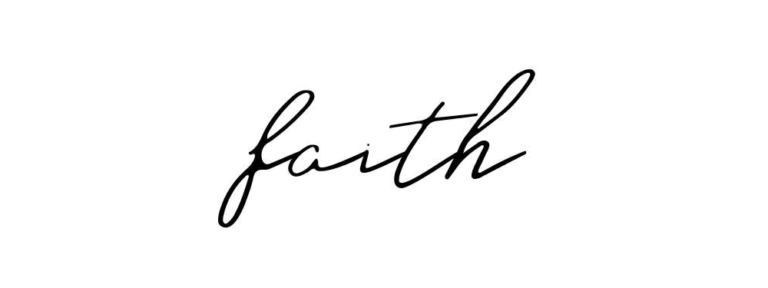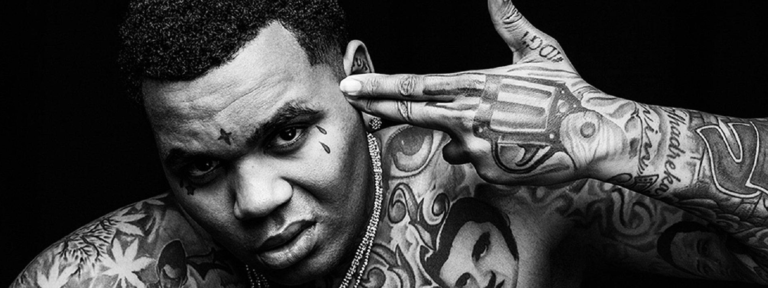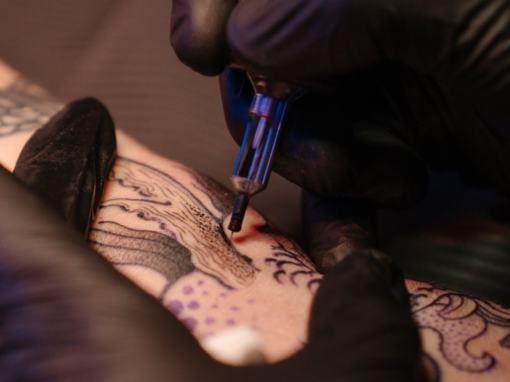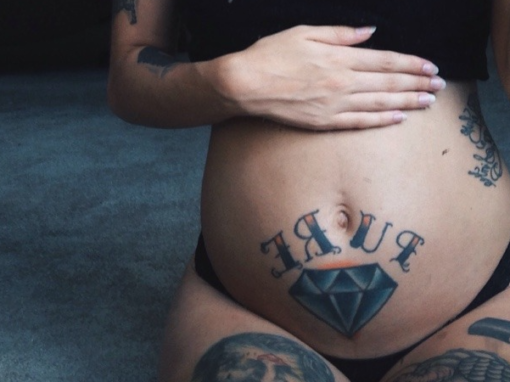Tattoos are an integral part of modern culture and it’s hard to imagine the work of a tattoo artist without a tattoo machine. However, there is a unique style of tattooing whose artists follow ancient traditions and continue to create tattoos manually. Of course, it is a stick-and-poke tattoo! In this article, we’ll tell you what a tattoo by poking is, share safety tips that will keep you worry-free about your experience, and even offer some interesting design ideas.
If you want to try making your DIY tattoo, we’ve prepared a list of essential tools for a safe stick-and-poke tattoo kit and talk in detail about the main steps of creating a tattoo. Whether you are a curious beginner or a seasoned tattoo professional, stick-and-poke tattooing has something special to offer you.
Unfortunately, licensed stick-and-poke tattoo artists are few and far between, so you should always pay attention to their qualifications when choosing one. In our catalog, you can find experienced tattoo artists you can trust:
-

Maryna K.
- Minimalism
-

Evan Lorenzen
- Black and Grey
- Blackwork
- Illustrative
- Ornamental
-

WaZ
- Blackwork
- Dotwork
- Fine line
- Geometric
What Is a Stick-And-Poke Tattoo?
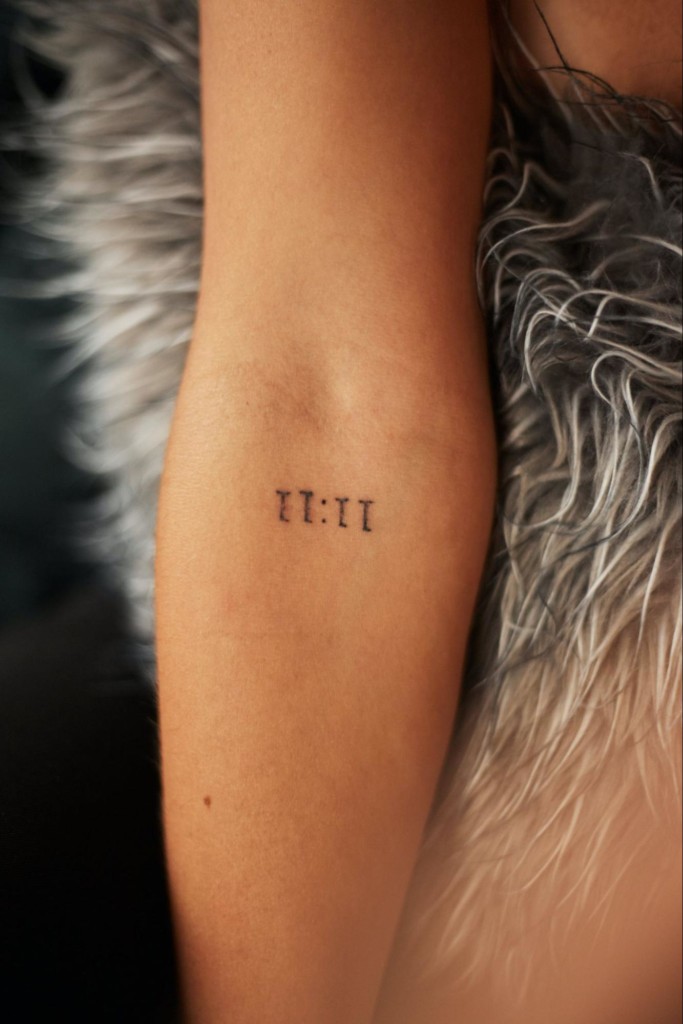
In recent years, the no-machine tattoo style has been gaining popularity again, it is called stick-and-poke tattoo or hand-and-poke tattoo. It is a type of tattooing in which the tattoo artist inserts ink into the skin manually using a needle. Contrary to popular misconception, such tattoos are not temporary, as the stick-and-poke process has the same idea as a machine-made tattoo. In both techniques, the ink remains in the middle layer of the skin called the dermis for all your life.
Even though a tattoo made with an electric machine is considered traditional, it is the opposite. Ancient cultures such as the Egyptians, Aztecs, and Mayans actively used tattoos in their culture back when humans had not yet invented electricity. They used stick-and-poke techniques to apply the ink, which carried a sacred religious meaning. The main difference from modern tattoo artists is that their needles were made of bone, wood, and even obsidian, and the ink was mostly made of coal and ash[1].
The modern stick-and-poke tattoo movement originated in the 1970s and was considered underground. These DIY tattoos were often done by skaters and punks, many of whom were teenagers, using the cheapest and most easily available tools such as sewing needles and India ink. Of course, this was the cause of many infections with hepatitis B, C, and other diseases, which led to the stigmatizationThe action of describing or regarding someone or something as worthy of disgrace or great disapproval. of stick-and-poke tattoos[2].
Are Stick-And-Poke Tattoos Safe?
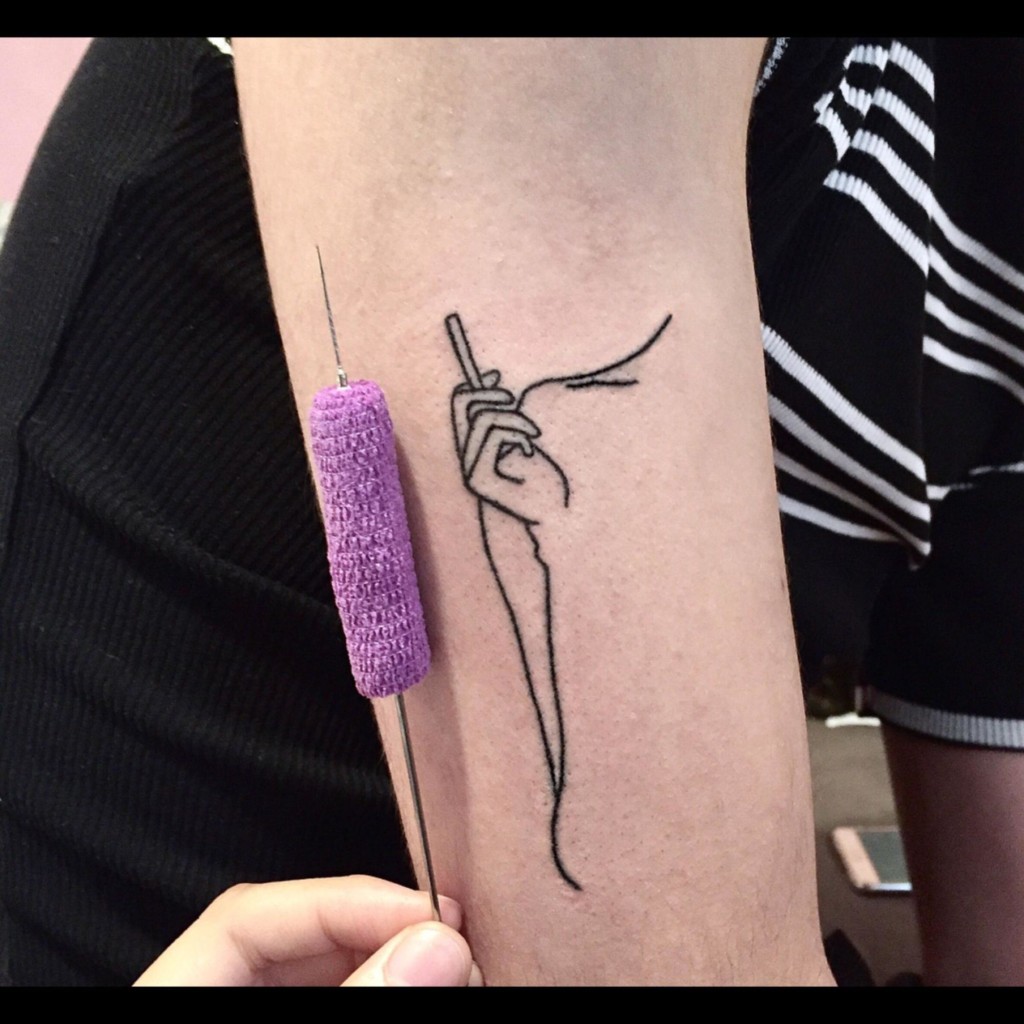
Despite this reputation, stick-and-poke tattoos are becoming more and more popular not only among tattoo artists but also DIY enthusiasts. Because of this, many are now concerned about their safety. The answer is simple — stick-and-poke tattoos done by licensed tattoo artists with sterile tools are just as safe as those done with a machine.
When looking for a stick-and-poke tattoo artist, you risk ending up with an unlicensed tattoo artist, also called a scratcher. At best, you’ll get a crooked drawing that you’ll have to remove or cover up later, and at worst, you’ll get skin diseases or blood-borne infections[2]. Scratchers can be very dangerous for tattoo seekers as they do not follow sanitary standards. To avoid this, we recommend that you only get tattoos at tattoo shops. When it comes to your health, never be afraid to ask the tattoo artist about their license and whether they follow hygiene standards.
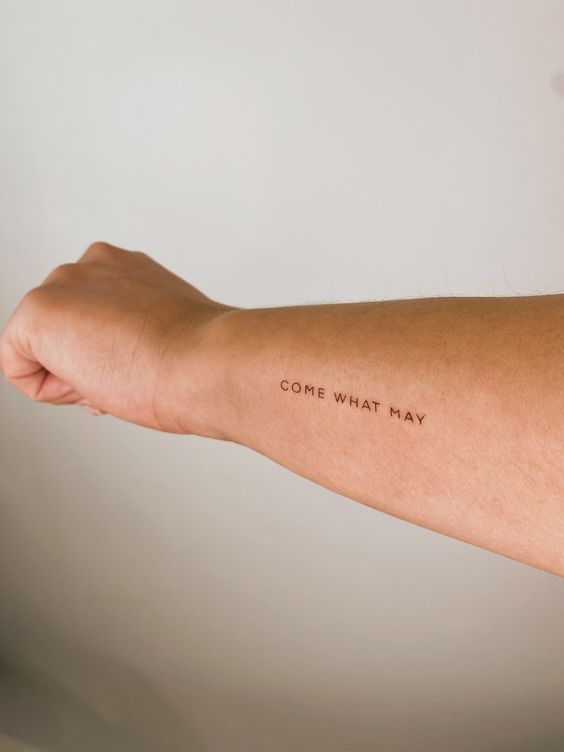
Best Stick-And-Poke Tattoo Ideas
Stick-and-poke tattoos can be very diverse, but they are all often small designs. It takes much longer to create them than traditional tattoos, so tattoo artists of this style create minimalistic designs that are full of meaning. Stick-and-poke tattoos are often characterized by slightly sloppy lines, which is why fans of this style appreciate them for such uniqueness.
If you want to make stick-and-poke your hobby and are choosing your first tattoo, we advise you to start with simple geometric designs. This way, you can try your hand with minimal risk of ruining your future design.
Geometric Patterns
Despite its simplicity, geometric stick-and-poke tattoos can add mystery and elegance to your appearance. The most popular placement for them is in the hands, where they look like henna-drawn patterns. Fans of such tattoos add more and more elements over time, expanding the pattern.
Simple Symbols
Sometimes, simple symbols on your skin can speak louder than words. Such tattoos represent their wearer’s personality and reflect their character. Some symbols are clear to us at once, for example, hearts are love, and stars are dreams, while some symbols have individual meanings.
Nature Elements
These designs were created for those who love nature and feel connected to it. Most often they are flowers and celestial bodies, especially the sun and moon. Wearers may even endow them with magical meanings, but still many consider them just beautiful tattoos.
People or Fairy Tale Characters
These tattoos can be a reminder of your favorite character or be completely made up by you. Either way, this design will bring vibes of fairy tales to your life. If you want to get a tattoo on your own, we do not recommend this style to beginner stick-and-poke tattoo artists as it is quite challenging.
This section is featured by our tattoo artist, Maryna K.
Words and Quotes
The stick-and-poke style lettering looks a bit sloppy as if handwritten. It’s rare to see ink with long sentences, but even a few words can make a strong statement on your skin. One of the most popular choices is motivational words that will support you through even the toughest of times.
Stick-And-Poke Tattoo Tool Kit for a Safe Start
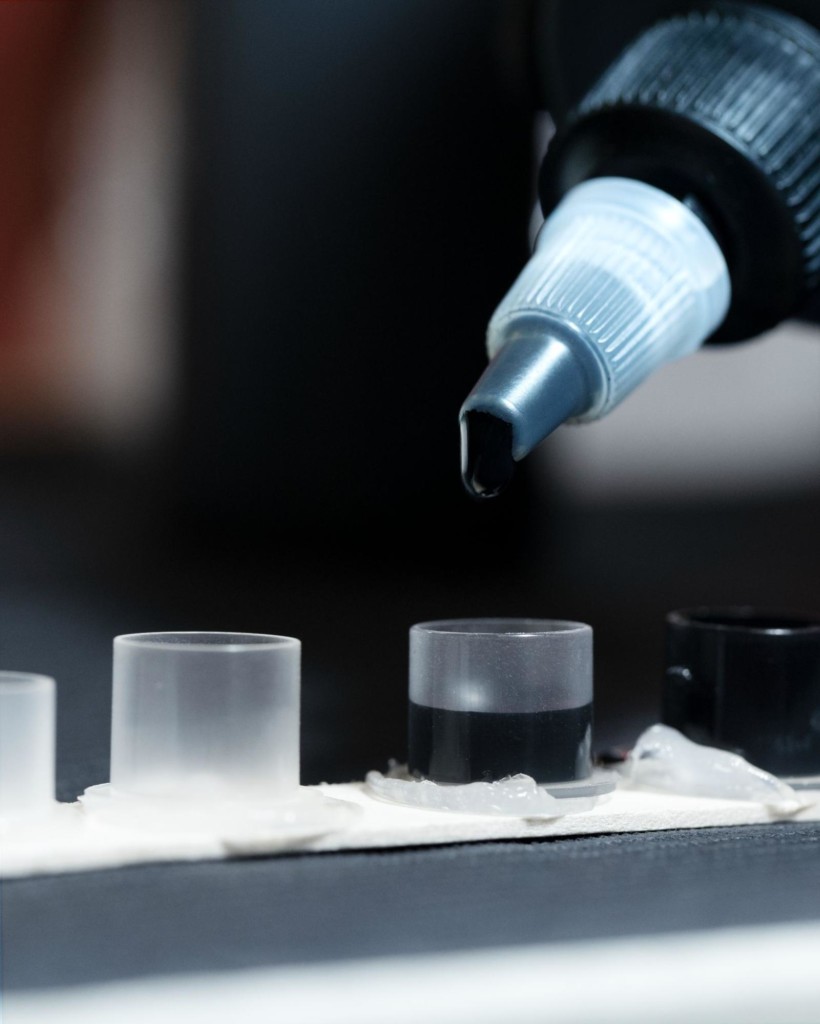
If you decide to create a tattoo on your own, the first thing you will need is tattoo ink and a tattoo needle. Besides these basic tools, you will need a few other little things that will make the process more convenient and safe. You can find ready-made stick-and-poke kits on the Internet, or just buy everything separately.
Let’s take a look at a list of the most essential tools for the best stick-and-poke tattoo kit.
- Single-use tattoo needle. Some people use a regular sewing needle, but this is not a good idea as it increases the risk of infection. Moreover, a sewing needle is more difficult to control, which can result in uneven lines.
- Tattoo ink. Tattoo artists warn that using inappropriate ink for stick-and-poke tattoos, such as pen ink, can cause severe irritation, allergies, infection, and early fading of the pigment.
- Ink container. To avoid getting blood and other contaminants in the ink bottle, use a disposable container that is convenient to dip the needle into.
- Household bleach solution (1:9). You will need it to disinfect the room before getting a tattoo. However, you can use other cleaning products besides the household bleach solution.
- Medical gloves. This is a very important part of hygiene because even washing your hands with soap and water will not make them completely sterile. After putting on the gloves, do not touch anything other than the instruments. If you need to answer the phone, remove the gloves and then put on new ones.
- Rubbing alcohol and a container for it. Alcohol is a good antiseptic, you will need it to wipe your tools and skin before tattooing.
- Makeup removal disks. You will need them to wipe your skin and tools. You can replace them with dry, clean wipes.
- Sterile container for tools. Experts do not recommend putting the needle on the table, even if it has been disinfected. Prepare a place that is convenient for you, for example, a medical tray lid.
- Bandage. Prepare a sterile bandage in advance, because it should protect your new tattoo in the first hours after getting it. You can use a sterile absorbing pad or gauze to wrap the tattoo and self-adhesive fabric tape to fix the bandage.
- Disposable razor. Before tattooing, it is important to remove excess hair from the area so that they do not disturb you and do not cause additional irritation.
- Plastic container for needle disposal. Do not dispose of needles without a container, as this poses a great danger not only to municipal workers but also to stray animals.
- Tattoo pen or tattoo paper. To make your design accurate, apply it to the skin beforehand. If you have a complex tattoo, we recommend using tattoo transfer paper. You can replace a tattoo pen with a regular pen, but take into account that lines will be blurred after wiping with rubbing alcohol.
Main Steps in the Creation of a Stick-And-Poke Tattoo
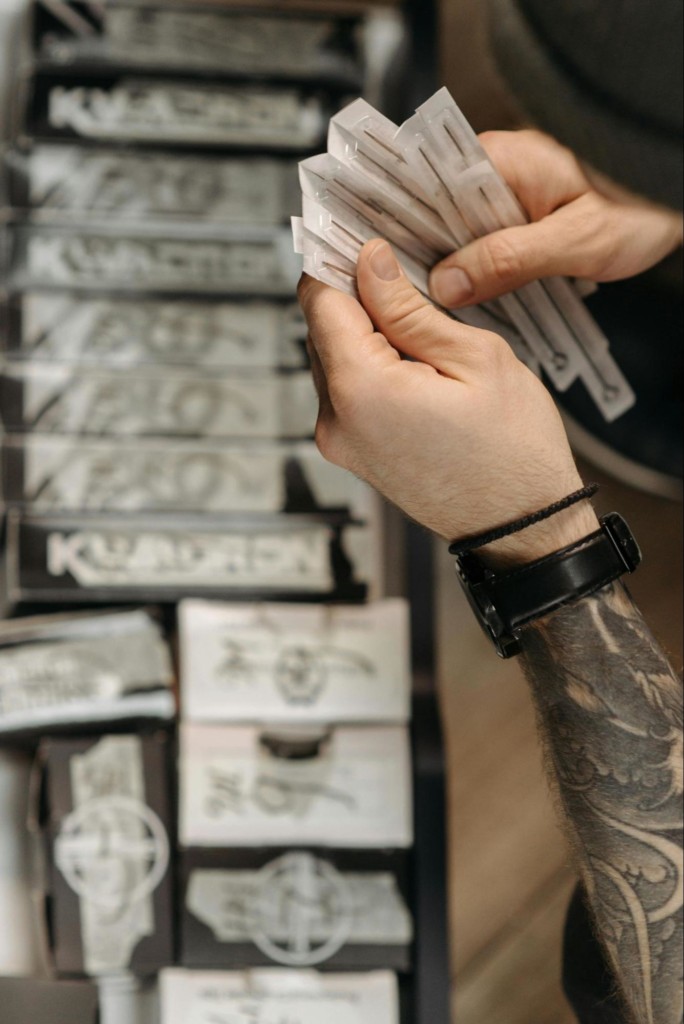
Now that you already have a stick-and-poke tattoo kit, you can move on to tattoo creation. It can take several hours, so get a good meal in advance and make sure you have a comfortable place to sit.
So let’s go over the main steps.
1. Think of a design for your tattoo.
Don’t be afraid to experiment, and let your imagination run wild, but remember that this design will be with you for years to come. Spend the extra time to redraw it a few times and bring it to perfection. To find inspiration, check out our collection of stick-and-poke tattoo designs.
2. Sanitize the room.
To ensure that your tattoo will not cause health problems, sanitize the room with a household bleach solution or other cleaning product. Pay special attention to the table where the tools will lie.
3. Prepare the tools you will need.
Make sure you have everything you need on hand. Prepare paper towels, and dry wipes so that you do not have to be distracted by opening the package. Put on gloves, and pour alcohol into the prepared container.
4. Prepare the skin area.
Use a single-use razor to remove unwanted hair from the skin area if you haven’t done so before. Then wipe it with rubbing alcohol using makeup removing pads. It is also important to treat the area around the future tattoo to reduce the risk of infection.
5. Transfer the design to the skin.
You can do this with a tattoo pen or tattoo paper. Then wipe the skin with rubbing alcohol again. If you don’t like the way the design looks on your skin, stop and go back to the step of creating the design. Tattooing is a responsible choice, so it is very important that you are happy with the design.
6. Begin the tattooing process.
Shake the ink and pour it into the prepared container, then open the tattoo needle. You can make a few test pokes without ink to get used to the feeling. After that, dip the needle into the ink and make 1–2 pokes, then dip it again. Tattoo artists advise not to exceed a puncture depth of 1/8th of an inch. You should feel the skin being poked, and when you do, don’t go beyond that point. Take your time and carefully fill in the lines with the punctures. You can pause briefly but do not touch your phone or other non-sterile objects. It is also recommended not to stand up and walk to other rooms.
7. Complete the stick-and-poke tattoo.
Remove ink residue with makeup removing pads and rubbing alcohol. This can cause uncomfortable tingling, so be very careful. Your new tattoo is a wound for your body, so it is a good idea to care for it accordingly. Wrap it up with a clean bandage for a few hours (usually 1 to 3–4). If you haven’t finished the tattoo but don’t plan to continue today, experts recommend waiting until it is fully healed to apply the rest of the tattoo.
8. Dispose of single-use tools.
After your tattoo is protected with a bandage, put the needle in a container for disposal. Do not pour the ink from the container back into the bottle, as it is no longer sterile. You should not reuse needles, ink containers, razors, or medical gloves.
Stick-And-Poke Tattoo Aftercare
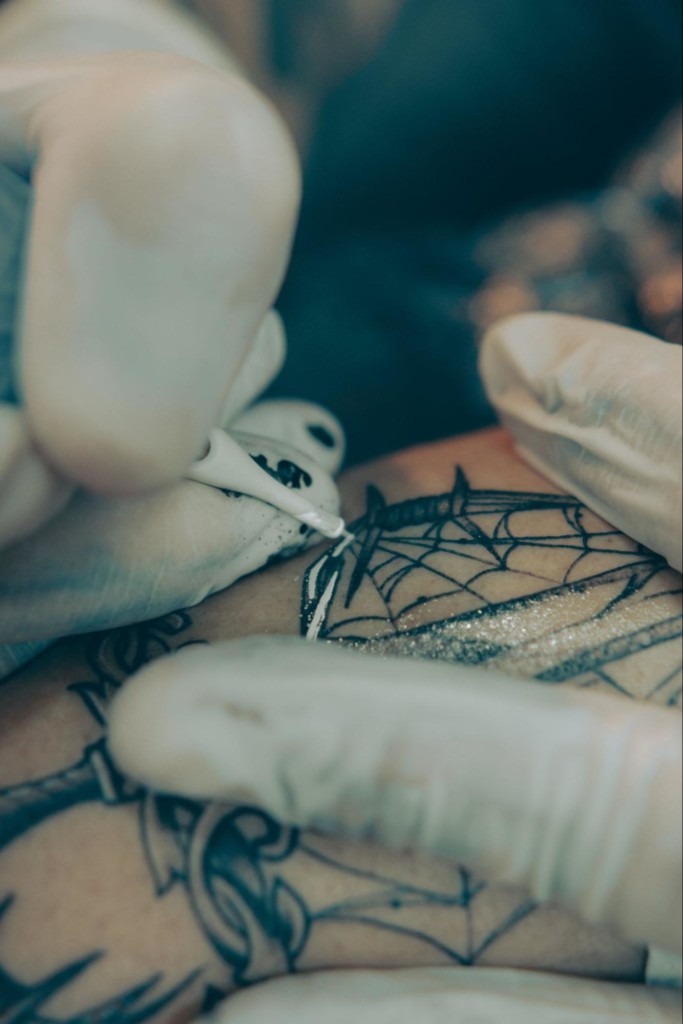
After getting a tattoo you need to take proper aftercare of it so that you don’t get inflammation, infection, or other problems. It is recommended to clean and moisturize the tattoo area and avoid sun and water exposure. Healing of a stick-and-poke tattoo is easier and faster than a machine tattoo because a manual poke does less damage to the skin. On average, you will need two to three weeks.
If you still feel itching, or other discomfort, or develop redness after 3 weeks, contact your doctor and the tattoo artist you got the tattoo from.
Summary
Stick-and-poke tattoos are a unique style of handmade tattoo creation. Whether you are drawn to the uniqueness of each line, the meditative process of creation, or the simplicity of the symbols, stick-and-poke tattoos are a canvas for your imagination. In this article, we dived into our collection of stunning designs, explored the steps of creation, and learned how to put together a kit for your first stick-and-poke tattoo.
When it comes to tattoos, never forget safety rules and follow hygiene recommendations, after all, it’s about your health.
FAQ
🩸 Can You Use Pen Ink for a Stick-And-Poke Tattoo?
No, as pen inks are not safe for your skin. They may contain harmful chemicals and can lead to infection and premature pigment fading. Always use ink specifically designed for tattoos to keep your skin healthy.
⏳ How Long Do Stick-And-Poke Tattoos Last?
Stick-and-poke tattoos last just as long as machine-made tattoos, but their longevity depends on the tattoo artist’s skill because if the poke is not deep enough, the ink will not stay on the skin for long. Proper care of the tattoo, such as moisturizing it and protecting it from the sun can help it last longer.
😢 Does the Stick-And-Poke Tattoo Hurt?
Yes, stick-and-poke tattoos can be painful. Since the needle will poke your skin repeatedly during the process, you may feel discomfort and even pain. Depending on your sensitivity, this tattoo may bring less discomfort because the application is less intense. Taking breaks and choosing less sensitive areas will help make the process more bearable.
🩹 How Long Does a Stick-And-Poke Tattoo Take To Heal?
Stick-and-poke tattoos usually take two to three weeks to heal. They heal faster than machine tattoos because of less damage to the skin. To help your tattoo heal faster, we recommend doing proper aftercare and keeping it clean and moisturized.
🤔 Is It Safe To Get a Tattoo at Home?
Getting a tattoo at home is risky and usually unsafe. Professional tattoo parlors follow strict hygiene regulations to prevent infection, so we recommend getting a tattoo there. DIY tattooing has recently become a popular hobby, so we’ve collected a list of the essentials for a safe stick-and-poke tattoo kit. Don’t tattoo anyone other than yourself, as you can’t guarantee complete safety.
References
- Deter-Wolf, A. (2022, September 15). Examining the physical signatures of Pre-Electric tattooing tools and techniques. EXARC. https://exarc.net/issue-2022-3/ea/examining-physical-signatures-pre-electric-tattooing-tools-and-techniques
- Yan, A. C. (2019). Current trends in social Media–Associated skin harm among children and adolescents. Dermatologic Clinics, 37(2), 169–174. https://doi.org/10.1016/j.det.2018.12.006
